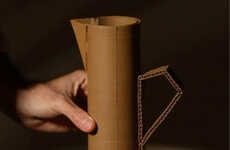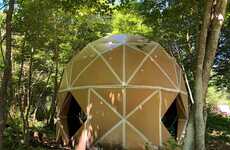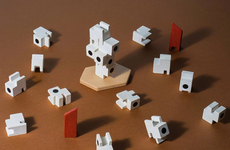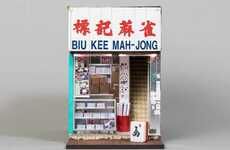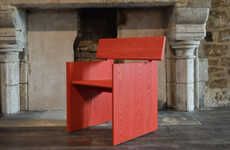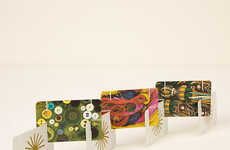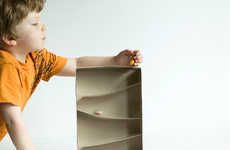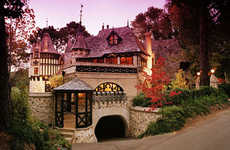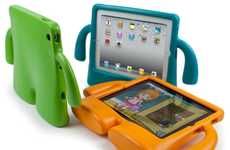
Japanese Artist Upunushu Recreateas the Wondrous Matsumoto Castle
Gil Cohen — June 5, 2013 — Art & Design
References: en.rocketnews24 & odditycentral
Noted as a jewel of Japanese architecture with immense historical and spiritual significance, Matsumoto Castle stands proud and ornate even as a cardboard recreation.
Made by Japanese artist Upunushu, this miniature model of the expansive manor is incredibly detailed and painstakingly accurate, depicting every design element of the castle's construction to a tee. The materials themselves only cost the artist 300 Yen, which converts to roughly $2.95 US, a small fee for the wondrous construction she has created. Regardless of how easy it was to gain supplies, the actual project took an intensive amount of time and patience, with the base alone taking two months to complete.
The ambitious Matsumoto Castle recreation is stunningly accurate.
Made by Japanese artist Upunushu, this miniature model of the expansive manor is incredibly detailed and painstakingly accurate, depicting every design element of the castle's construction to a tee. The materials themselves only cost the artist 300 Yen, which converts to roughly $2.95 US, a small fee for the wondrous construction she has created. Regardless of how easy it was to gain supplies, the actual project took an intensive amount of time and patience, with the base alone taking two months to complete.
The ambitious Matsumoto Castle recreation is stunningly accurate.
Trend Themes
1. Cardboard Construction - Exploring the use of cardboard as a material for construction, offering a cost-effective and customizable alternative to traditional building materials.
2. Miniature Architectural Models - The rise of detailed miniature architectural models as a form of artistic expression and historical preservation.
3. Low-cost DIY Projects - The popularity of low-cost DIY projects that provide individuals with accessible and affordable opportunities for creative expression.
Industry Implications
1. Art and Design - Opportunities for artists and designers to create intricate and detailed architectural models using unconventional materials.
2. Construction and Architecture - Potential applications of cardboard construction in the construction industry, offering innovative and sustainable building solutions.
3. Education - Using miniature architectural models as educational tools to teach historical and architectural concepts in a visually engaging way.
2.2
Score
Popularity
Activity
Freshness


